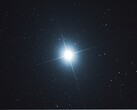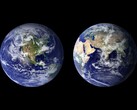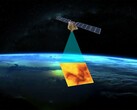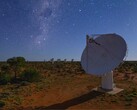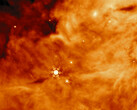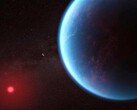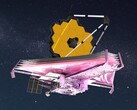Regularly, numerous discoveries are made in space, allowing us to solve certain mysteries, but also to launch new theories. And recently, scientists have discovered a exoplanet similar to Earth located only 154 light-years away from us.
TOI-1846 b is an exoplanet similar to a super-Earth, twice the size of our planet and orbiting a red dwarf. It was detected by NASA's TESS satellite and confirmed by a combination of ground-based photometry and high-definition imaging.
According to initial observations, it has a radius 1.792 times larger than Earth and a mass 4.4 times greater. Its orbit is somewhat surprising, as it circles its star every 3.93 days. In other words, it is extremely close to its star.
Furthermore, it seems difficult to imagine that life could develop there, as its ambient temperature is around 295 degrees, which corresponds to 568.1 Kelvin. But one of the most surprising elements is its composition. Scientists believe that its size and density suggest that large quantities of water are present on its surface, hidden beneath a thick atmosphere or layers of rock.
However, while this exoplanet may not be habitable, it could help scientists better understand this type of space object. In particular, its planetary composition, water retention, and atmospheric evolution.
This will be possible with the help of various instruments. The James Webb Space Telescope will be able to study this exoplanet to better analyze its composition. Not to mention the future Extremely Large Telescopes (ELT), which represent a new generation of instruments.
But that's not all, because the star around which it orbits is a 7.2-billion-year-old red dwarf that is only 42% of the mass of the Sun. Its temperature is also low, at only 3,568 kelvin, which is characteristic of low-mass stars. Therefore, further studies of this exoplanet will be necessary to better understand the origin of this type of celestial object.





